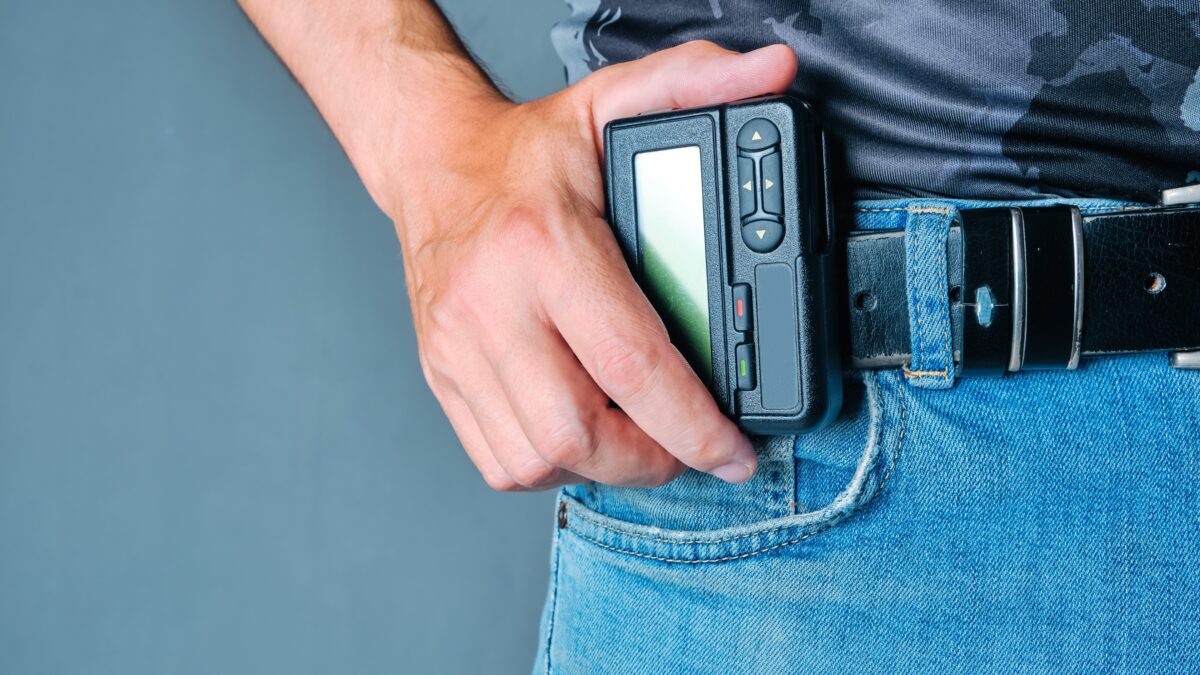Ah, the 1990s—a time when the internet was in its infancy, mobile phones were the size of bricks, and people still relied on landlines and answering machines. It was a decade of technological transition, laying the groundwork for the communication revolution we’re experiencing today. Let’s dial back the clock and explore 10 fun facts about how we used to communicate in the 90s, a nostalgic journey through a time when connecting meant more than just a click or a swipe.
1. The Reign of the Landline
In the 90s, the landline was king. Homes had a main family phone, and having your own line was a teenager’s dream. Long conversations after school or late into the night were common, with the risk of someone else picking up another receiver and eavesdropping on your conversation!
2. The Magic of Answering Machines
Before voicemail and missed call notifications, there were answering machines. These devices recorded messages on cassette tapes when you couldn’t make it to the phone. Customizing your answering machine message became an art form, with some opting for music, jokes, or clever sayings to greet callers.
3. Pagers: The Original Text Message
Before smartphones, pagers were the ultimate communication status symbol, especially for busy professionals and teenagers alike. You’d receive a beep with a phone number indicating someone wanted you to call them back. Some even learned to send short numeric messages using codes (like “143” for “I love you”).
4. Public Payphones: The Lifeline on Every Corner
In the 90s, payphones were ubiquitous, offering a lifeline for those out and about without a mobile phone. Carrying a pocketful of change or a prepaid phone card was essential for making calls on the go.
5. Fax Machines: The Email of the 90s
Long before email became the standard for electronic communication, the fax machine was a marvel of modern technology. Sending documents through the phone line was considered cutting-edge, and receiving a fax often carried a sense of urgency and importance.
6. The Early Days of Email
Email was in its infancy in the 90s, and checking your email was an event. You’d need to boot up your desktop computer, dial into the internet with a screeching modem, and patiently wait to see if you had any messages—a far cry from today’s instant push notifications.
7. Dial-Up Internet: The Symphony of Connection
Speaking of dialing in, the sound of a modem connecting to the internet is iconic for anyone who went online in the 90s. This symphony of digital noises was the prelude to browsing the web, a process that required patience, especially when someone picked up the phone and disconnected you.
8. Chat Rooms and Instant Messaging
The 90s saw the rise of online chat rooms and instant messaging platforms like AOL Instant Messenger (AIM). These were the precursors to today’s social media, a place where you could meet new people, join conversations on every topic imaginable, and perfect your “ASL?” (age, sex, location?) game.
9. Handwritten Letters and Postcards
Despite the rise of digital communication, the 90s still held a special place for handwritten letters and postcards. Sending and receiving a personal note in the mail had a personal touch and emotional value that electronic communication couldn’t replicate.
10. The First Mobile Phones
Mobile phones were a luxury in the 90s, and they were anything but smart. The earliest models were large, heavy, and offered basic functions like calling and, if you were lucky, a simple game like Snake. Text messaging was possible, but it wasn’t widely used until the end of the decade.
The way we communicated in the 90s may seem archaic by today’s standards, but it laid the foundation for the technological advances we now take for granted. Each beep of a pager, screech of a modem, and clunky mobile phone call was a step towards the interconnected world we live in today. While we may not miss the slow internet speeds or the bulkiness of early mobile phones, there’s a certain charm in remembering the simpler times of 90s communication. It reminds us of how far we’ve come and how the basic human need to connect with others has driven innovation and transformed our lives. So, here’s to the 90s—a decade that showed us the beginnings of the communication revolution and proved that, no matter the technology, the message always finds a way through.
Unlock Full Article
Watch a quick video to get instant access.


Social Media